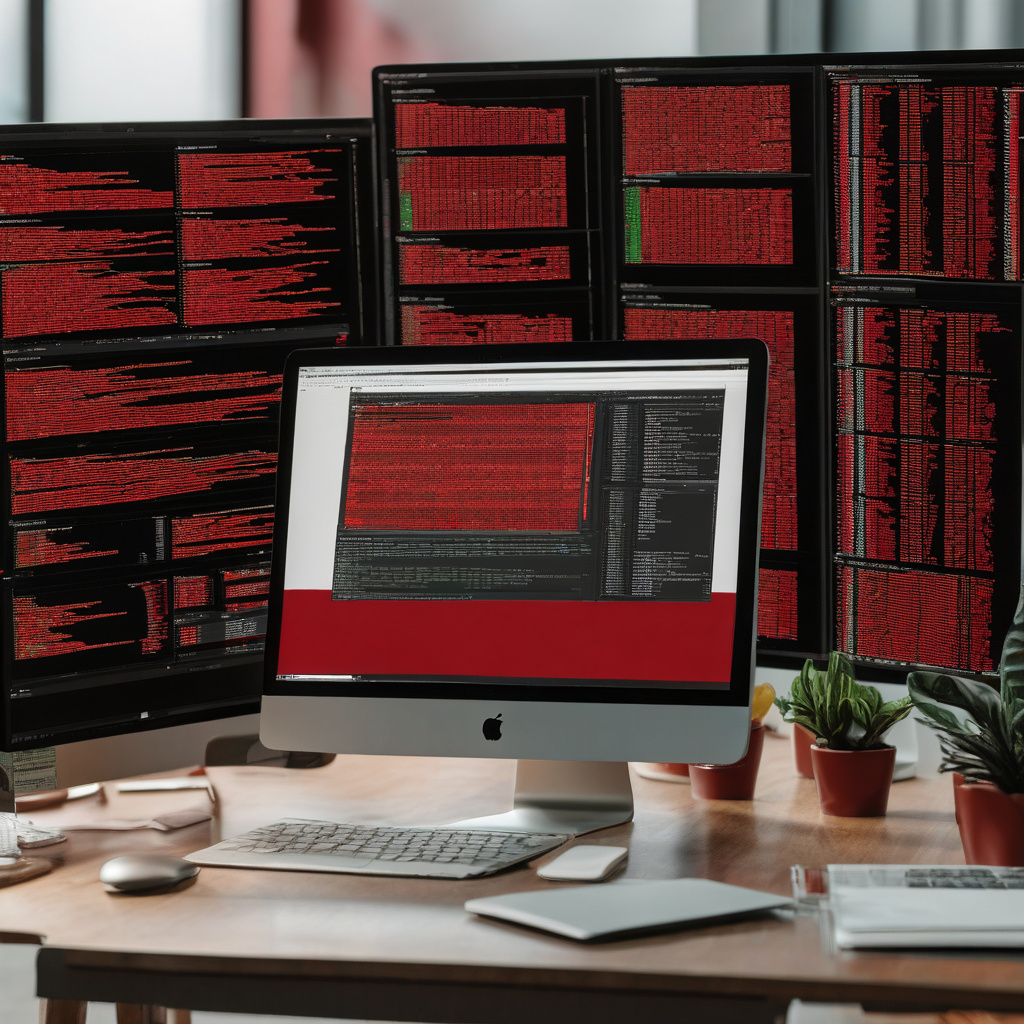Redis, the popular in-memory data structure store, has made a significant move by returning to its open source origins under the AGPLv3 license with the release of Redis 8. This decision marks a notable shift back to its community-driven roots after a brief departure aimed at competing with cloud service providers. With Salvatore Sanfilippo, the creator of Redis, rejoining the team, this transition underscores a renewed commitment to fostering collaboration and innovation within the open source ecosystem.
The move back to an open source license comes at a crucial juncture when the software development landscape is increasingly emphasizing transparency, flexibility, and community engagement. By adopting the AGPLv3 license, Redis is not only aligning itself with the principles of open source but also ensuring that modifications made to the codebase are shared back with the community. This shift can potentially reignite interest and participation from developers who value the ethos of open collaboration.
From a practical standpoint, Redis returning to open source under the AGPL license brings several advantages. Firstly, it reinforces trust and credibility among users who prefer open source solutions due to their transparency and security. The AGPL license also addresses concerns related to cloud service providers leveraging open source software without contributing back to the community. By requiring modifications to be shared under the same license, Redis aims to promote a more equitable ecosystem where contributions benefit the entire community.
Additionally, Redis’ decision to return to open source can have broader implications for the software development industry as a whole. It sends a clear message that open source remains a powerful force for driving innovation and collaboration. As more companies recognize the value of open source principles, we may see a resurgence in projects adopting similar approaches to foster community-driven development.
However, the question remains: Is it too late for Redis to reestablish itself within the open source community? While Redis had temporarily strayed from its open source roots, the decision to return to an open source license demonstrates a willingness to listen to community feedback and adapt to evolving industry trends. By embracing the AGPLv3 license and welcoming back its original creator, Redis is taking proactive steps to reengage with developers and reaffirm its commitment to open collaboration.
In conclusion, Redis’ return to open source under the AGPLv3 license represents a significant milestone in the software development landscape. By prioritizing transparency, community engagement, and innovation, Redis is not only aligning itself with the values of open source but also setting a positive example for other projects to follow. While the timing of this transition may raise questions about its impact, the overall implications suggest a promising future for Redis as it rekindles its relationship with the open source community.

